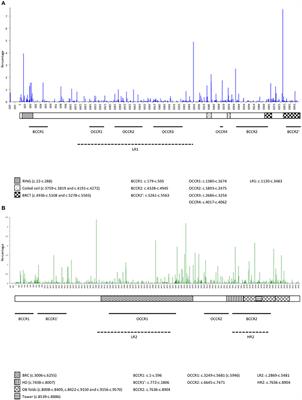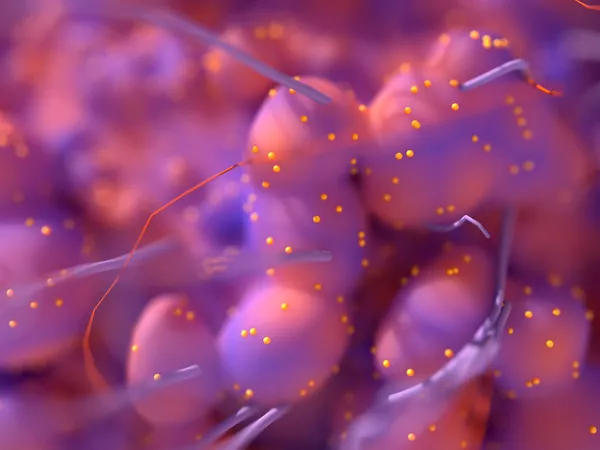EDITORIAL
Published on 28 Aug 2019
Editorial: Accomplishments, Collaborative Projects and Future Initiatives in Breast Cancer Genetic Predisposition
doi 10.3389/fonc.2019.00841
- 1,439 views
23k
Total downloads
100k
Total views and downloads
EDITORIAL
Published on 28 Aug 2019
ORIGINAL RESEARCH
Published on 04 Dec 2018

DATA REPORT
Published on 31 Oct 2018

ORIGINAL RESEARCH
Published on 25 Oct 2018

ORIGINAL RESEARCH
Published on 11 Sep 2018

ORIGINAL RESEARCH
Published on 11 Sep 2018

ORIGINAL RESEARCH
Published on 05 Sep 2018

ORIGINAL RESEARCH
Published on 21 Aug 2018

REVIEW
Published on 02 Aug 2018

ORIGINAL RESEARCH
Published on 27 Jul 2018

ORIGINAL RESEARCH
Published on 24 May 2018

ORIGINAL RESEARCH
Published on 07 May 2018

